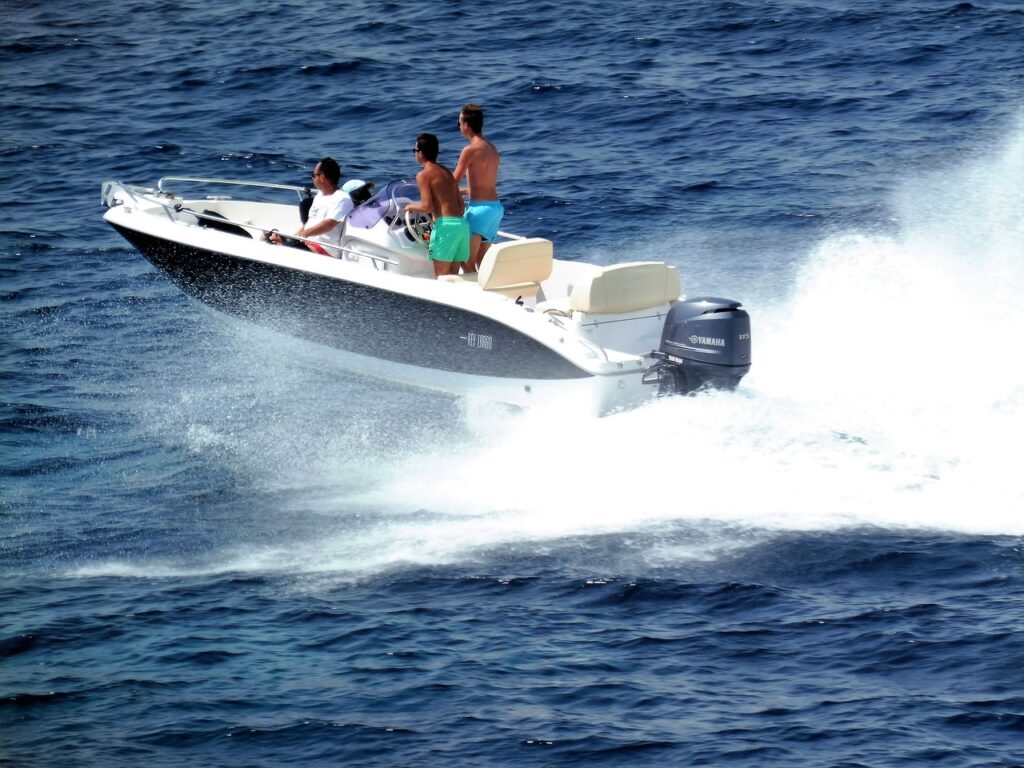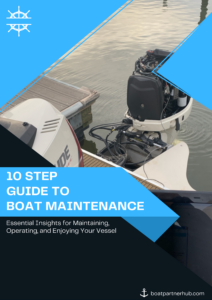Blog
How to Perform Basic Engine Maintenance: Keeping Your Boat in Tip-Top Shape

Essential Boat Engine Maintenance Guide: How to Keep Your Engine Running Smoothly
A well-maintained boat engine is essential for smooth sailing and a hassle-free boating experience. Performing regular engine maintenance not only ensures reliable performance but also extends the life of your boat’s power plant. Whether you’re a seasoned boater or a newcomer to the water, learning how to perform basic engine maintenance can save you time and money, and most importantly, keep you safe on the water. In this article, we will guide you through essential engine maintenance tasks that will help you keep your boat’s engine in tip-top shape.
1. Read the Owner’s Manual
Before diving into engine maintenance, take the time to read your boat’s owner’s manual thoroughly. The manual provides valuable information about your specific engine model, including maintenance schedules, recommended fluids, and proper procedures for various tasks. Familiarizing yourself with the manual will ensure you’re following the manufacturer’s guidelines for your boat’s engine.
2. Check Engine Fluids Regularly
Regularly checking and maintaining engine fluids is vital for proper engine operation. The primary fluids to monitor include:
Engine Oil: Check the engine oil level and condition regularly. Change the oil according to the manufacturer’s recommended intervals.
Coolant/Antifreeze: Ensure the coolant level is adequate to prevent engine overheating, especially during hot weather or extended use.
Transmission Fluid: Check the transmission fluid level and follow the recommended maintenance schedule for fluid changes.
Power Steering Fluid: If your boat has power steering, verify the fluid level regularly and top up if necessary.
3. Inspect Belts and Hoses
Belts and hoses are critical components of your boat’s engine, and regular inspection can prevent unexpected breakdowns. Look for signs of wear, cracks, or fraying on belts, and ensure they are properly tensioned. Examine hoses for leaks, bulges, or soft spots, and replace any damaged ones immediately.
4. Keep the Fuel System Clean
Maintaining a clean fuel system is essential for engine efficiency and performance. Use a fuel stabilizer to prevent fuel degradation during periods of inactivity. Regularly replace fuel filters to ensure a steady flow of clean fuel to the engine.
5. Test and Maintain the Battery
A well-functioning battery is crucial for starting your boat’s engine and powering onboard electronics. Test the battery regularly and clean the terminals to prevent corrosion. Keep the battery charged during the off-season using a battery maintainer.
6. Check Spark Plugs
Spark plugs play a vital role in the engine’s combustion process. Inspect the spark plugs regularly and replace them according to the manufacturer’s recommendations. Properly functioning spark plugs improve fuel efficiency and engine performance.
7. Inspect Propellers and Hull
A damaged propeller can strain the engine and reduce fuel efficiency. Regularly inspect the propeller for dents, bends, or other damage, and replace it if necessary. Additionally, check the hull for any signs of damage or wear that could impact the engine’s performance.
8. Winterization and Seasonal Maintenance
Before winterizing your boat, follow the manufacturer’s guidelines to ensure all necessary engine maintenance tasks are completed. Proper winterization protects your engine during the off-season and prepares it for seamless operation when the boating season returns.
FAQs (Frequently Asked Questions)
Q1: How often should I change the engine oil?
A: The frequency of oil changes depends on the engine model and usage. Generally, it’s recommended to change the engine oil every 50 to 100 hours of operation or at least once a year.
Q2: Can I perform engine maintenance myself, or should I hire a professional?
A: Basic engine maintenance tasks can be performed by boat owners who are familiar with engines and have the necessary tools. However, for more complex tasks or if you’re unsure, it’s advisable to seek assistance from a qualified marine mechanic.
Q3: What are the signs of a failing battery?
A: Dimming lights, slow engine cranking, or difficulty starting the engine are typical signs of a failing battery. Regularly testing the battery’s voltage and charging it when needed can help prevent battery-related issues.
Q4: How often should I replace fuel filters?
A: Fuel filters should be replaced as per the manufacturer’s recommendations, usually every 100 hours of operation or once a year.
Q5: Can I store my boat without winterizing the engine?
A: Winterizing is essential to protect the engine from freezing temperatures, corrosion, and other potential damage during the off-season. It is highly recommended to winterize the engine before storage.
Conclusion
Taking the time to perform basic engine maintenance is a worthwhile investment in the longevity and reliability of your boat’s engine. By regularly checking fluids, inspecting belts and hoses, maintaining a clean fuel system, and following the manufacturer’s guidelines, you can keep your boat’s engine running smoothly for years to come. Whether you’re preparing for the boating season or storing your boat for the winter, proper engine maintenance will ensure you spend more time enjoying the water and less time dealing with avoidable engine issues.


